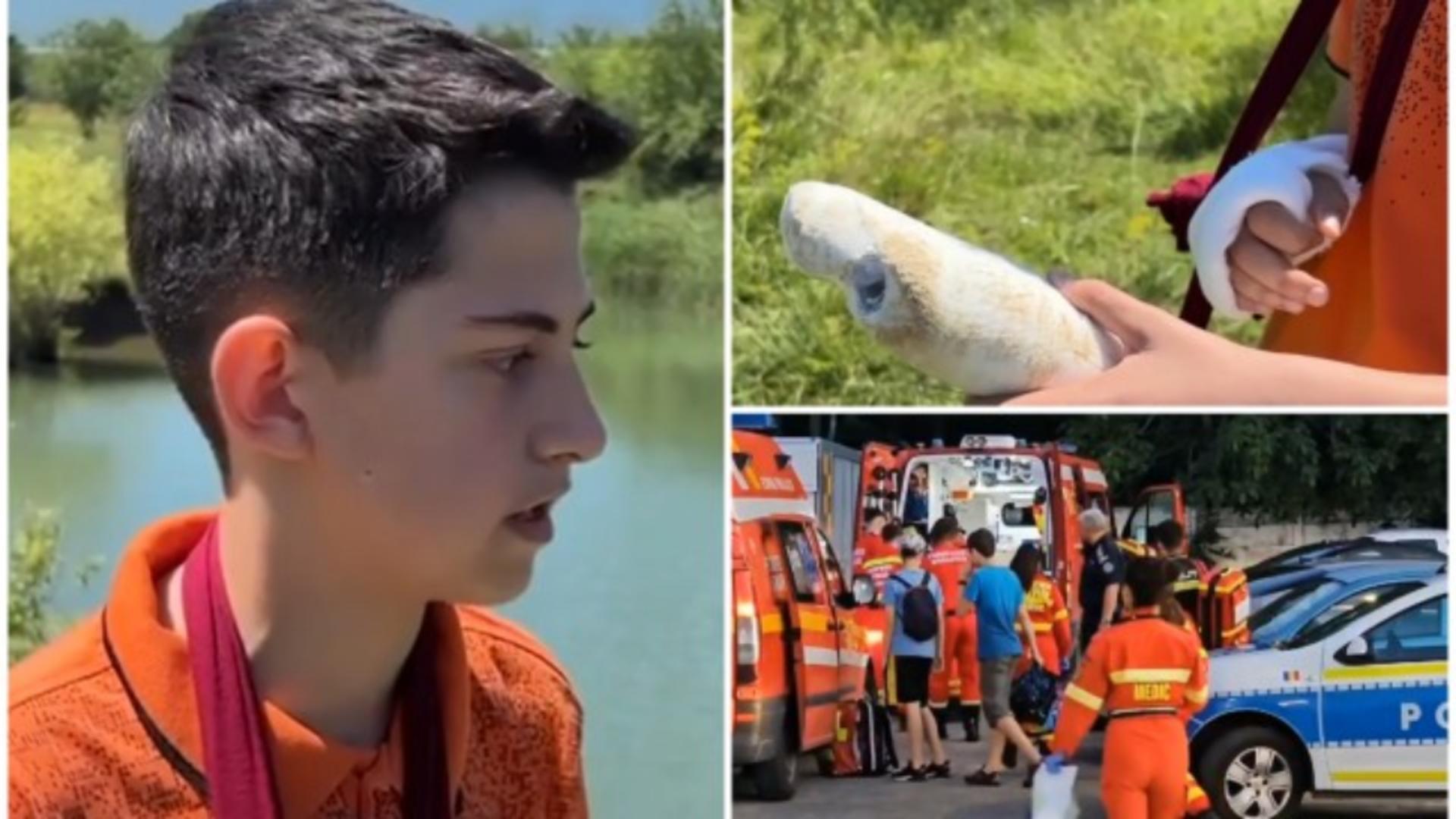As people across Illinois prepare for a once-in-a-lifetime cicada dual emergence, fear of the weird-looking flying bugs with big red eyes is on the rise, experts say.
But they also say that fear is understandable and there are ways to get past it including standing in an area filled with cicadas, a practice psychologists call exposure therapy.
“Exposure therapy is very simple conceptually and very hard to do,” said Rick Zinbarg, Professor and Director of Clinical Science Training in the Psychology Department on the Evanston campus of Northwestern University.
He said exposure therapy works two ways. In the case of a fear or phobia of cicadas flooding involves summoning up the courage to literally go to an area where there are lots of the bugs and to stand there for as long as possible. Gradual exposure is much less confrontational and could include looking at photos or videos of the bugs online or in a book.
Zinbarg said with both techniques there’s a very good chance the fear of cicadas is going to subside.
“I encourage people to start where they’re ready and push it out when they’re ready,” he said.
For the first time since 1803 many areas will experience a rare phenomenon, a sort of cicada double whammy called a dual-emergence during which two different kinds of the bugs will emerge from the ground at the same time.
“It is definitely a historic event,” said Christen M. Jeschke, who published a children’s book in 2021 titled “Cicadas Don’t Bug Me.” “I know a lot of entomologists are interested in seeing if there’s crossbreeding between the two broods and what that will bring in the future.”
Jeschke said she wrote the book to help educate children about cicadas and to, therefore, be less fearful of them.
“I also had so many parents saying ‘I was terrified of these bugs until I read your book,’” she said. “Everyone is afraid the bug will bite or sting them, and to really know the facts about them, that they don’t bite of sting, they really can’t harm you at all. Understanding why they emerge and how they live their lives really helps both adults and children to be less afraid.”
Jeschke said she’s been fascinated with cicadas since she experienced her first emergence of the bugs as a child in 1987. She dove right into learning everything she could about them when she was writing her book.
“They filled the skies and if you had a cookout they were on everyone’s clothes and in the food,” she said. “It was quite an event. People find them creepy. They’re pretty unavoidable depending on where you live.”
They may be more avoidable in the Chicago area in coming weeks than Springfield, which experts say will be a ground zero of sorts for the rare dual-emergence phenomenon.
Jeschke said there are two broods of cicadas that typically appear at different intervals, either every 13 or 17 years, and both broods emerging at the same time is extraordinary. She also the Chicago area is a brood 17 meaning the cicadas only come out every 17 years and the area will not likely see many of the brood 13 bugs.
“Springfield will be ground zero for the dual-emergence,” she said. “They’ll have billions of cicadas. Some areas will be inundated.”
And Jeschke was quick to point out that no matter how scary cicadas look, they also have many positive attributes.
“The coolest thing about cicadas is that every part of them is created with great intention,” she explained. “There is nothing that goes to waste.”
Jeschke said the shrill and continuous mating call racket thousands of cicadas make at the same time sounds like a chorus of demented screaming.
“Children particularity struggle with that,” she said. “Adults with phobias often get stressed and agitated by that constant screeching in the air.”
She suggested putting in ear pods or headphone to drown it out.
When they come out of the ground they aerate the soil allowing it to breathe, when they die their exoskeletons decay and nourish the soil, they lay eggs in the branches of dead, sick or dying trees which in time effectively prunes off the deadwood.
“They feed the environment,” she added. “Pretty much anything is a predator of cicadas. Fish. Snakes. Birds. Squirrels. Spiders. Really anything you can think of.”
She also said in response to the plentiful food brought by the cicadas, other animals species tend to experience a boom in births.
“I think they are a fascinating creature and it’s really cool thing to look at them with wonder and to learn about them because you don’t see them so often,” she said.
She also noted that some people take an if you can’t beat them eat them approach to cicadas, which are sometimes called the “shrimp of the skies.”
“They make cicada ice cream,” she said. “They dip them in fudge sauce. They are fried. You can cook them anyway you could cook shrimp … But I am not brave enough to venture into cicada cuisine.”
The Illinois Department of Natural Resources even announced a cicada-themed art show for the upcoming Illinois State Fair in Springfield.
“There’s a tremendous amount of interest in cicadas this year in Illinois. They’re fascinating insects, and I’m excited to see what artists from all over Illinois come up with,” said IDNR Director Natalie Phelps Finnie in a news release. “Artists can be as serious or as silly as they want with this challenge. Realistic, creative, wacky, whimsical, or kitsch – we’re here for it all. We think the cicadas would want it that way.”
Finalists will get their work displayed during the fair with the winning peoples choice entry to receive a prize.
Brian L. Cox is a freelance reporter with Pioneer Press.





